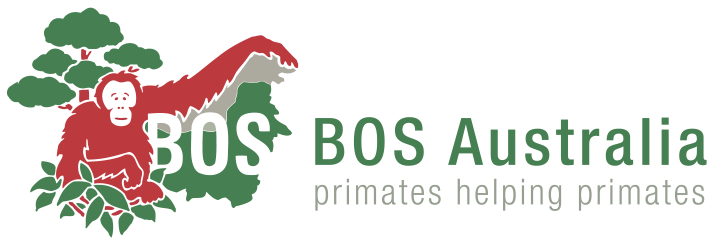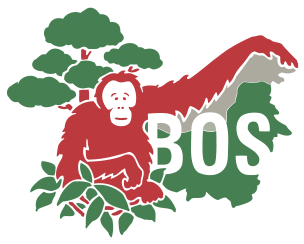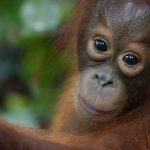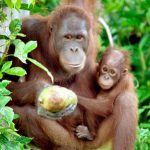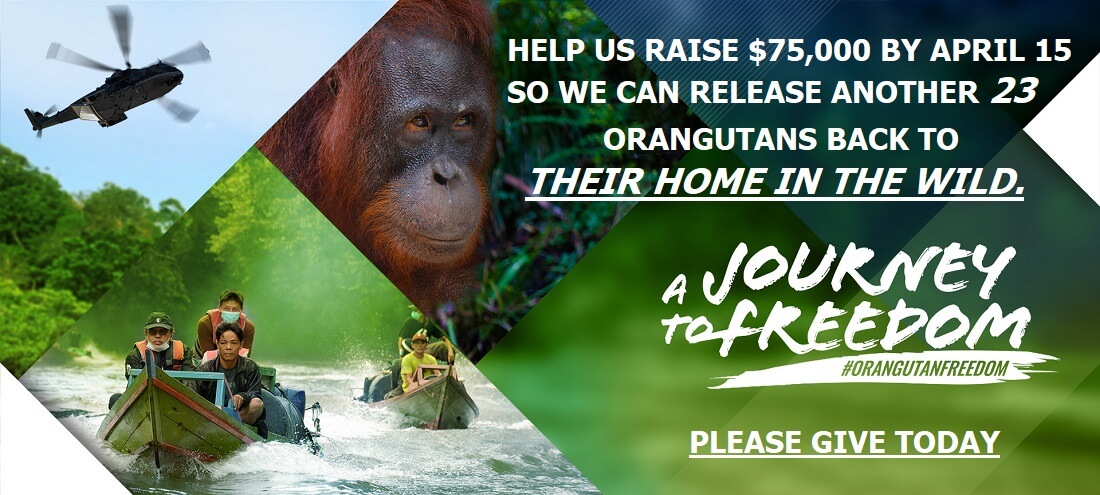Pitt anthropologist argues humans more like orangutans than chimps
Pitt anthropologist argues humans more like orangutans than chimps
Pittsburgh Tribune Review: June 18, 2009: Mike Cronin
A University of Pittsburgh anthropologist argues in a paper published today that humans most likely share a common ancestor with orangutans, and not chimpanzees, which is the prevailing belief.
Jeffrey H. Schwartz hopes the paper will get researchers to practice fundamental science and question some assumptions.
“What I’ll be happy with is if people actually think out of the box and consider alternative theories of human relationships with apes,” Schwartz said Wednesday in a phone interview from Zagreb, Croatia. He concedes it won’t happen overnight, but the paper in the Journal of Biogeography that he co-authored could help, said Schwartz, who’s the president of the World Academy of Art and Science.
“We’ve done the analysis,” said John Grehan, who is the paper’s other co-author, director of science at the Buffalo Museum in New York and a research associate at the Carnegie Museum of Natural History.
Jeffrey L. Boore, an adjunct biology professor at the University of California-Berkeley who specializes in interpretive genome sequences, said he knows of no strong reason to discount the DNA studies that have demonstrated chimps and gorillas are more closely related to humans than orangutans.
“The overwhelming majority of those studies have given very strong support to excluding orangutans from the human-chimp-gorilla group,” said Boore, who’s also CEO of Genome Project Solutions, Inc., in Hercules, Calif. “If people disagree with it, they need to put out their evidence and let it go back and forth,” said Grehan, an entomologist who also studies the origin and evolution of animals and plants. “But I think a lot of people are incapable of dealing with it.”
That’s because for years most of the scientific community accepted DNA analyses that suggest humans are most closely related to chimps, Schwartz and Grehan said.
But an examination of fossil and other evidence shows humans and orangutans share 28 features — including reproductive systems, tooth structures and mouth palates, the scientists say.
Schwartz and Grehan write in their paper that humans share only two features with chimpanzees and seven with gorillas.
“In science, you must integrate the fossil record with the living record,” Grehan said. “That’s what we’ve done.”
They propose a scenario that explains the migration of the human-orangutan common ancestor from Southeast Asia, where modern orangutans are from.
The molecular evidence that scientists commonly cite to demonstrate the link between humans and chimps is flawed, Schwartz said.
“Only 2 percent of the entire human genome can be verified,” he said. “But people are saying that chimps and humans share 98 percent of some portion of that 2 percent to make their case.”
That’s not good science, said Malte Ebach, a paleontologist at Arizona State University’s International Institute for Species Exploration, who, like Grehan, studies the origin and evolution of animals and plants.
“People think DNA data is better because they perceive it as technologically superior and more progressive,” Ebach said. “But technology doesn’t make data better.”
Schwartz proposed his human-orangutan theory in 1982. He wrote the book, “The Red Ape: Orangutans and Human Origins,” in 1986 that expanded on those ideas. In 2005, Schwartz published and revised an updated version of the book.
The work was ignored as molecular studies came out that showed the similarity between chimps and humans.
Grehan said alternative views should not be dismissed when a theory becomes so accepted.
During the mid-20th century, scientists so fervently disagreed with Barbara McClintock’s theory that genes could move along a chromosome that she stopped publishing, Grehan said. In 1983, McClintock won a Nobel Prize for her research in “jumping genes.”
